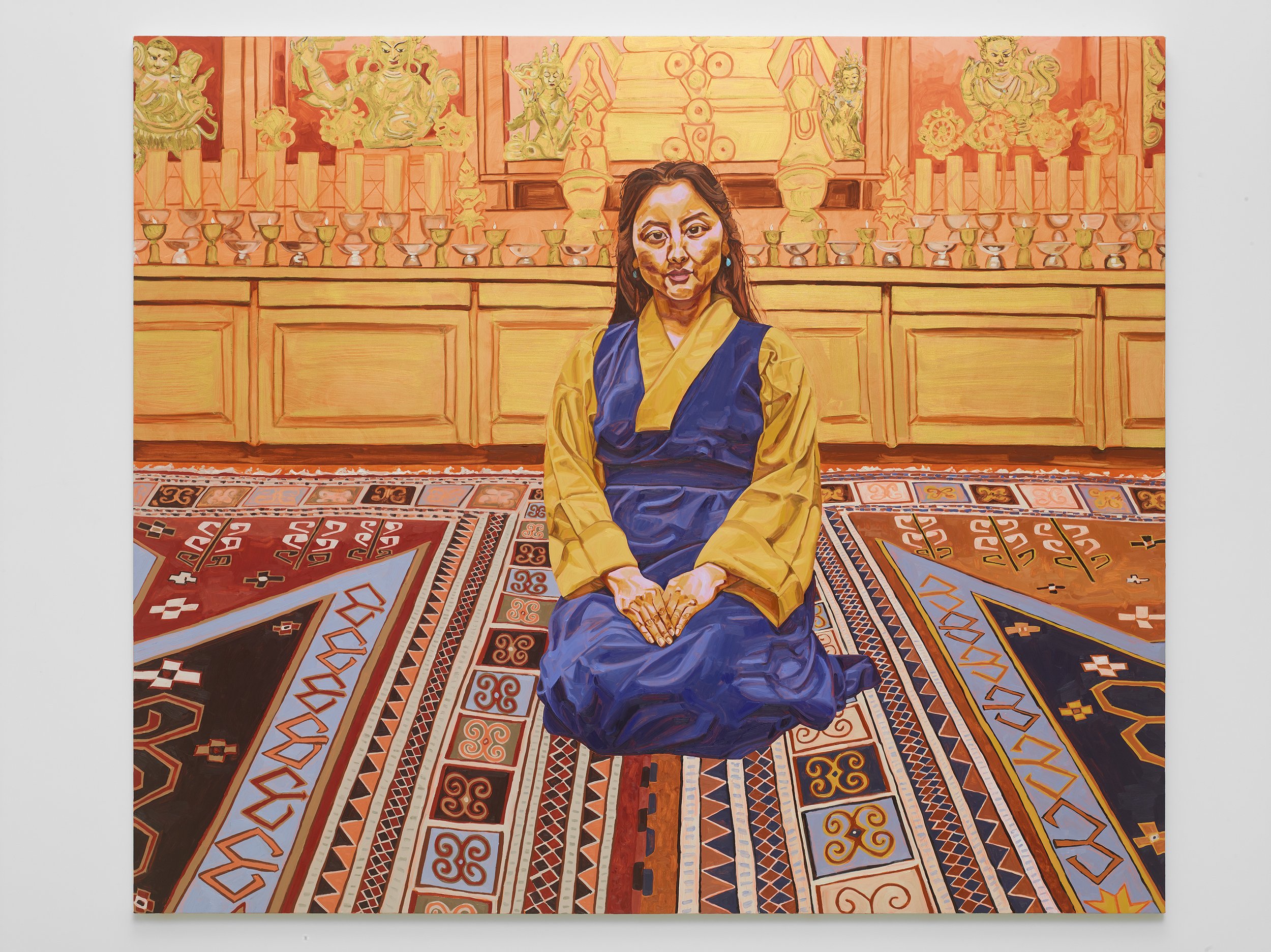Group Exhibition | A New Subjectivity 1979/2024 | Parrish Art Museum
A New Subjectivity 1979/2024 looks back at the momentous exhibition Nouvelle Subjectivité (A New Subjectivity) organized by the essayist and art historian Jean Clair in Brussels at the Palais des Beaux Arts in 1979. The exhibition at the Parrish pays tribute to the original exhibition by presenting a selection of works from several of the artists included in the original exhibition—Robert Guinan, David Hockney, Raymond Mason, Philippe Roman, and Sam Szafran as well as R.B. Kitaj from the Parrish’s collection—and works by artists whose work has continued the figurative traditions celebrated in Nouvelle Subjectivité, some also drawn from the collection of the Parrish, such as Rackstraw Downes, Jane Freilicher, and Howard Kanovitz, and artists working today not in the collection, such as Martí Cormand, Jordan Casteel, Peter Doig, Jenna Gribbon, and Arcmanoro Niles.
Nouvelle Subjectivité preceded A New Spirit in Painting, the legendary 1981 exhibition at the Royal Academy in London, by two years. Like the 1981 exhibition, Nouvelle Subjectivité was an early tribute to new currents of figurative and expressionist painting in the mid- to late-seventies as a retort to the prevailing minimalist and conceptual trends in the art of the sixties and seventies. Both exhibitions made a case for painting returning to the “subjectivist passion” of painters like Pierre Bonnard or Balthus, long considered outdated. Unlike A New Spirit in Painting, which focused on the figurative traditions of the School of London and the resurgence of neo-expressionist painting in Germany, Nouvelle Subjectivité, in particular, paid tribute to artists in the tradition of the Balthus (one of his paintings will be included in the Parrish’s exhibition) whose paintings of disquieting narrative scenes were out of step with the prevalent art movements of his time but had a profound influence on French figurative painting that came to prominence after World War II, such as the figurative and poetic-iconic approach of Sam Szafran whose paintings and drawings of interior spaces challenge the viewer’s gaze with their distorting and deconstructing perspectives, or Philippe Roman’s equally disquieting landscapes evocative of the Engadin region, where he spent summers with the writer Pierre Jean Jouve and his wife, the psychoanalyst Blanche Reverchon.
This “subjectivist passion” Jean Clair spoke of is very much apparent in an increasing number of artists working today, such as Jordan Casteel, Peter Doig, Jenna Gribbon, and Arcmanoro Niles, all included in the exhibition.
As Jean Clair wrote in the publication that accompanied the exhibition:
“Nothing unites [these artists] other than a common refusal to consider the artistic field as a battlefield, with its watchwords, its theorists, and its strategists, its avant-gardes and its front lines…For them, to use the language of war, it is more a question of for joining the rearguard and of consolidating and renewing the broken links with a certain tradition, which was also, perhaps, a certain joy for painting.”
A New Subjectivity 1979/2024 is curated by Klaus Ottmann, Robert Lehman Curator, with additional support from Kaitlin Halloran, Associate Curator and Publications Manager.




